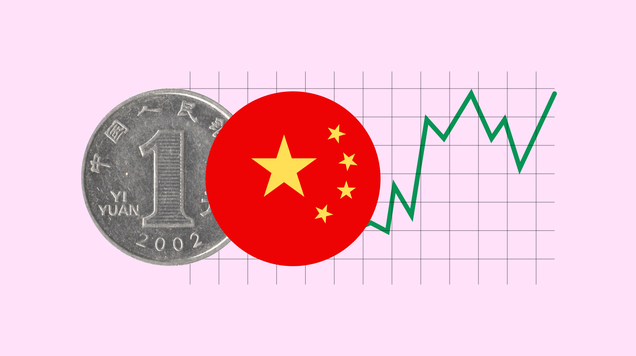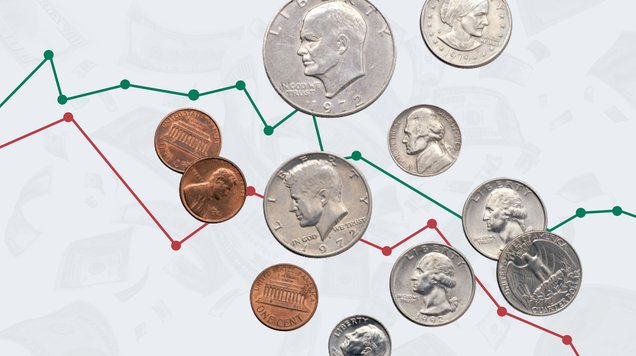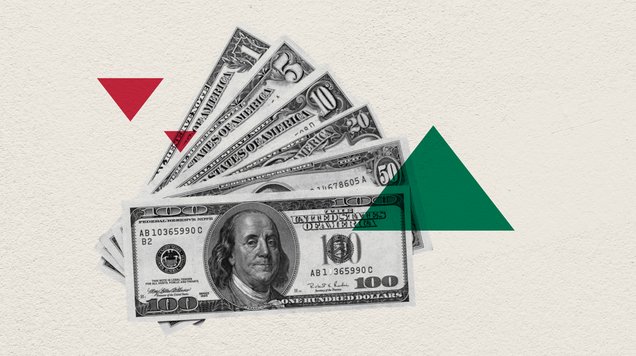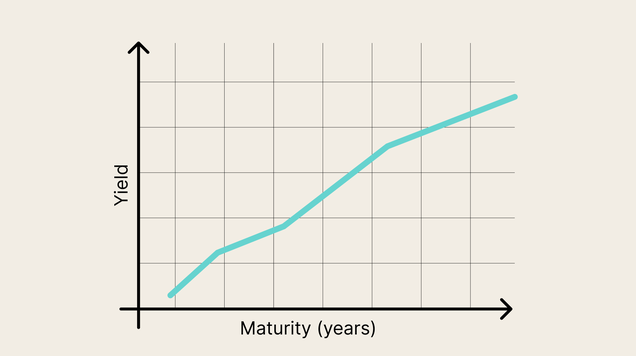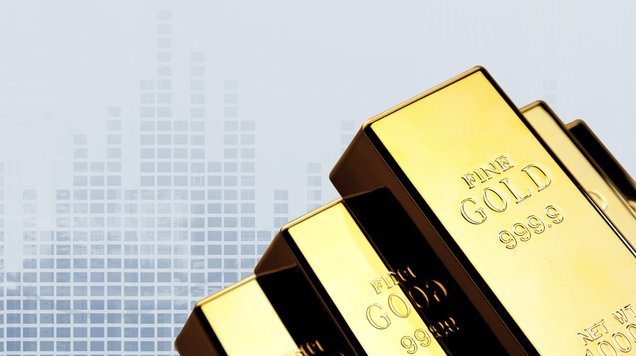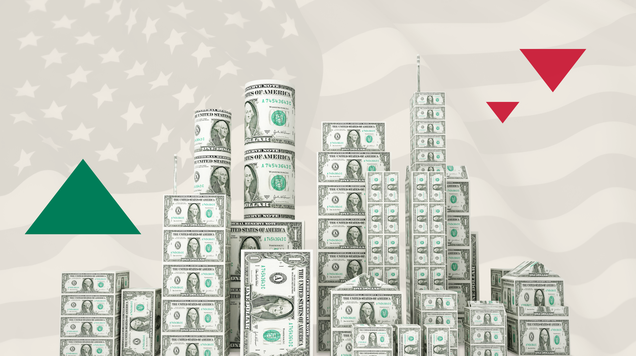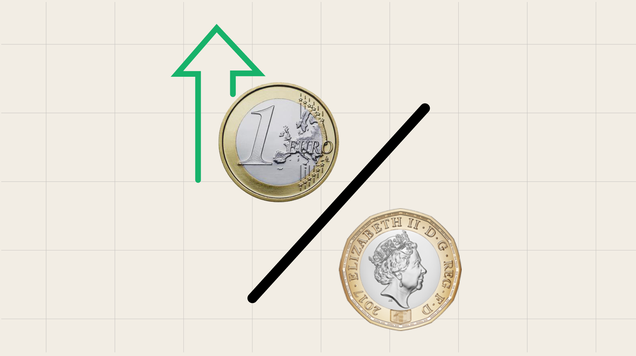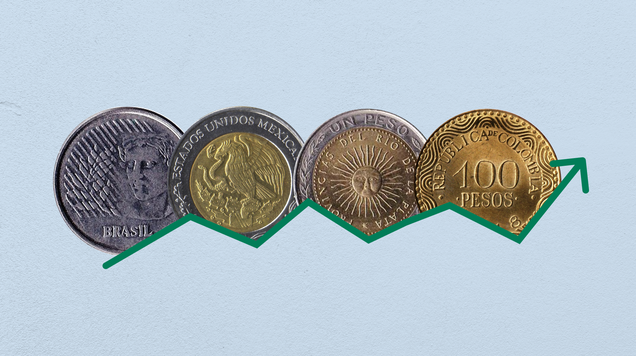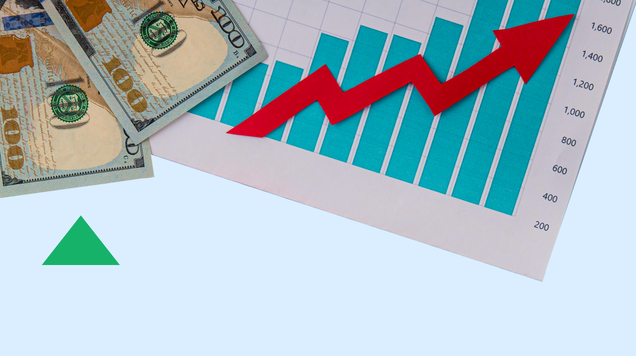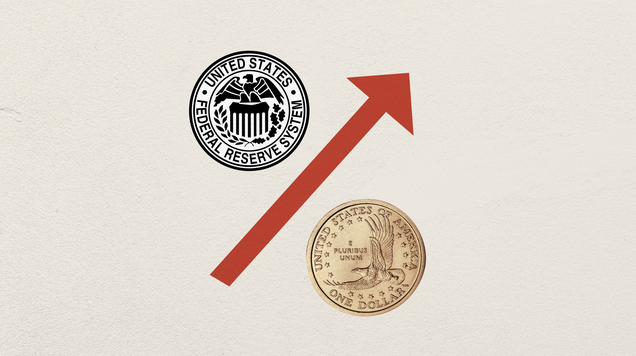The 10 strongest currencies in the world: ranking & analysis
What is the strongest currency in the world? When strength is viewed exclusively as a function of how much of another currency it can buy, the strongest currency is the one that will buy you the most of a reference currency.
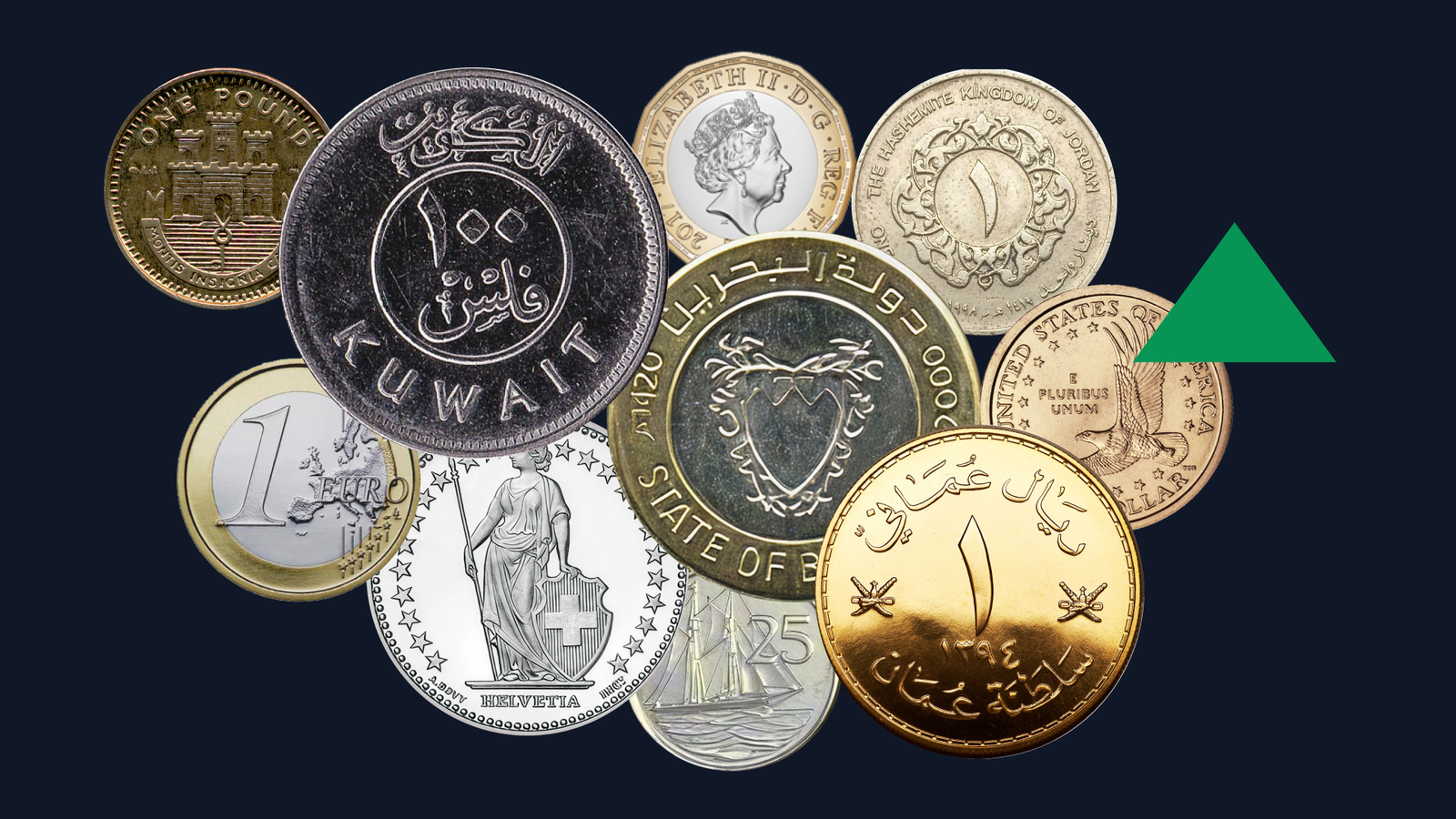
The Kuwaiti dinar (KWD) is the strongest or highest currency in the world.
The four highest currencies in the world (Kuwaiti dinar, Bahraini dinar, Omani rial, and Jordanian dinar) are all from the Middle East.
Ranking currency strength is usually done by calculating and then comparing currency exchange rates with the U.S. dollar.
A note on methodology
For the purpose of evaluating the strength of different currencies, we must use a single currency as a reference or a standardising factor. Which currency should we use as our reference money? Most analysts use the United States dollar (USD), the currency issued by the U.S. government, particularly the Federal Reserve. This makes sense because the USD is:
- The top traded currency worldwide
- The default pricing currency in commodities exchanges
- The currency most central and commercial banks in the world use as their reserve currency (a practice normalised by the Bretton Woods Agreement)
In this article, we determine which currency is the highest in the world by ranking various currencies’ capacity to buy U.S. dollars, i.e., how many U.S. dollars one unit of a currency can buy.
The top 10 strongest currencies in the world
Below, we rank the top 10 strongest currencies in the world based on their USD exchange rates. The higher the USD exchange rate, the stronger that currency is deemed to be in this ‘highest currency in the world’ list.
Note: The currency exchange rates quoted below were the values indicated at the time of writing. They (and the currency ranking) may have already changed by the time you’re reading this article.
1. Kuwaiti dinar (KWD)
The KWD is the strongest currency in the world. One KWD is able to buy USD 3.27. Conversely, USD 1 can buy only KWD 0.30.
The Kuwaiti dinar is the currency of the State of Kuwait, a small country in the Middle East in West Asia, bordered by Iraq and Saudi Arabia. To the east lies the Arabian Gulf.
The KWD was launched in 1961. It used to be anchored to the British pound sterling (GBP), but it was eventually pegged to a basket of currencies whose exact composition is not publicly known but includes top global currencies like the Japanese yen (JPY) and the euro (EUR).
2. Bahraini dinar (BHD)
The BHD is the second strongest currency, with an exchange rate of USD 2.66. This means that BHD 1 can buy USD 2.66, or USD 1 can be exchanged for BHD 0.37.
The Bahraini dinar is the currency of the Kingdom of Bahrain, which is a 33-island archipelago in the Middle East in West Asia. It lies in the Arabian Gulf, nestled between the north of the Qatar peninsula and the Saudi Arabian city of Al Khobar. Bahrain used to accept many forms of money, but the State of Bahrain (the Kingdom of Bahrain’s old name) introduced the BHD in 1965.
3. Omani rial (OMR)
The OMR/USD currency pair is currently exchanging at a rate of USD 2.6, which means OMR 1 can buy USD 2.6. Likewise, USD 1 can be exchanged for OMR 0.38.
The Omani rial is the currency of the Sultanate of Oman, a large Middle Eastern country in West Asia off the Arabian Gulf and the Arabian Sea. The United Arab Emirates borders it to the northwest, while Saudi Arabia and Yemen lie to the west.
The Sultanate of Oman actively used and accepted foreign currencies (from the Sassanian dirham to the Gulf rupee). However, it established its own currency in the 1970s.
4. Jordanian dinar (JOD)
JOD 1 can buy USD 1.41. Conversely, one U.S. dollar can be exchanged for JOD 0.71.
The Jordanian dinar is the currency of the Hashemite Kingdom of Jordan, which is a landlocked Middle Eastern country in West Asia. It is surrounded by occupied Palestine, Saudi Arabia, Iraq, and Syria.
Before the JOD, Jordan used the Palestinian pound. On 1 July 1950, the Jordanian dinar was officially established, and the Palestinian pound ceased circulation by 30 September of that same year.
5. British pound sterling (GBP)
The fifth strongest currency in the world, the British pound sterling (GBP 1), can be exchanged for USD 1.33. Conversely, USD 1 converts to GBP 0.75.
The GBP is the United Kingdom's (and associated territories') currency. It originated in continental Europe, under the Roman era, and in Anglo-Saxon England, one pound could be exchanged for one pound (in weight) of silver. The GBP remains the oldest currency in continuous and current use, with a history that extends beyond 1,200 years.
6. Gibraltar pound (GIP)
Next in currency strength ranking is the Gibraltar pound. GIP 1 can buy USD 1.33. Conversely, USD 1 can be exchanged for GIP 0.75. Its value is at par with the GBP because it is pegged to the British pound sterling; i.e., one GIP is one GBP. In fact, you can use GBP notes and coins in Gibraltar, although you can’t use GIP notes and coins in the United Kingdom and other territories that use the GBP.
The GIP is the currency of Gibraltar, a small peninsula and British territory that hangs off the southern coast of Spain in the Alboran Sea. It was established in the 1920s.
7. Swiss franc (CHF)
CHF 1 currently exchanges for USD 1.24, while USD 1 can be exchanged for CHF 0.80.
The CHF is the national currency of Switzerland, a landlocked European country flanked by France, Germany, Austria, and Italy. It was established in May 1850. Its value was initially pegged to the euro, but it was eventually allowed to float.
8. Cayman Islands dollar (KYD)
The Cayman Islands dollar ranks eighth with a KYD/USD exchange rate of 1.20. Likewise, you can exchange USD 1 for KYD 0.83.
The KYD is the currency of the Cayman Islands, a British Overseas Territory composed of three islands (Grand Cayman, Little Cayman, and Cayman Brac) south to southwest of Cuba and north to northeast of Jamaica in the Caribbean Sea. The KYD was first introduced in 1972, and it is pegged to the USD at a fixed exchange rate of KYD 1 to USD 1.20.
9. Euro (EUR)
In ninth place is the euro, with a current EUR/USD exchange rate of 1.16. USD 1 can be exchanged for EUR 0.86.
The euro was introduced on 1 January 1999, but it entered circulation only three years later when the euro notes and coins were printed and minted. It is the official tender in 20 out of 27 European Union countries.
10. United States dollar (USD)
The United States dollar is the 10th highest currency in the world. It is the reference currency, so USD 1 buys USD 1 (naturally). Others not on this list are considered weaker than the USD because one unit of any of these currencies is equivalent to less than one U.S. dollar.
The USD is the official currency of the United States of America and U.S. territories like Puerto Rico. Other countries also recognise the U.S. dollar as legal tender. The first USD coins were minted in 1792, while the first USD notes (i.e., greenbacks) were printed in 1862. The USD was initially backed by and could be redeemed for gold and was recognised as the global standard currency in the Bretton Woods Agreement of 1944. However, in the 1970s, the gold standard was abolished, and the USD was allowed to float.
Trade the world’s strongest currencies
The strength of a currency dictates how much of another currency it can buy, so understanding how strong currencies are is critical to foreign currency exchange or forex trading. Of course, more importantly, you should learn, practice and study guides on forex trading 101.
The goal is to be so knowledgeable and skilled that you can predict with a reliable degree of certainty whether a currency will grow stronger or weaker; opportunity lies when a strong currency weakens, and a weak currency grows stronger.
Equiti is a trusted broker with a global footprint. Start trading forex using the Equiti online trading platform. Open a demo account now.
